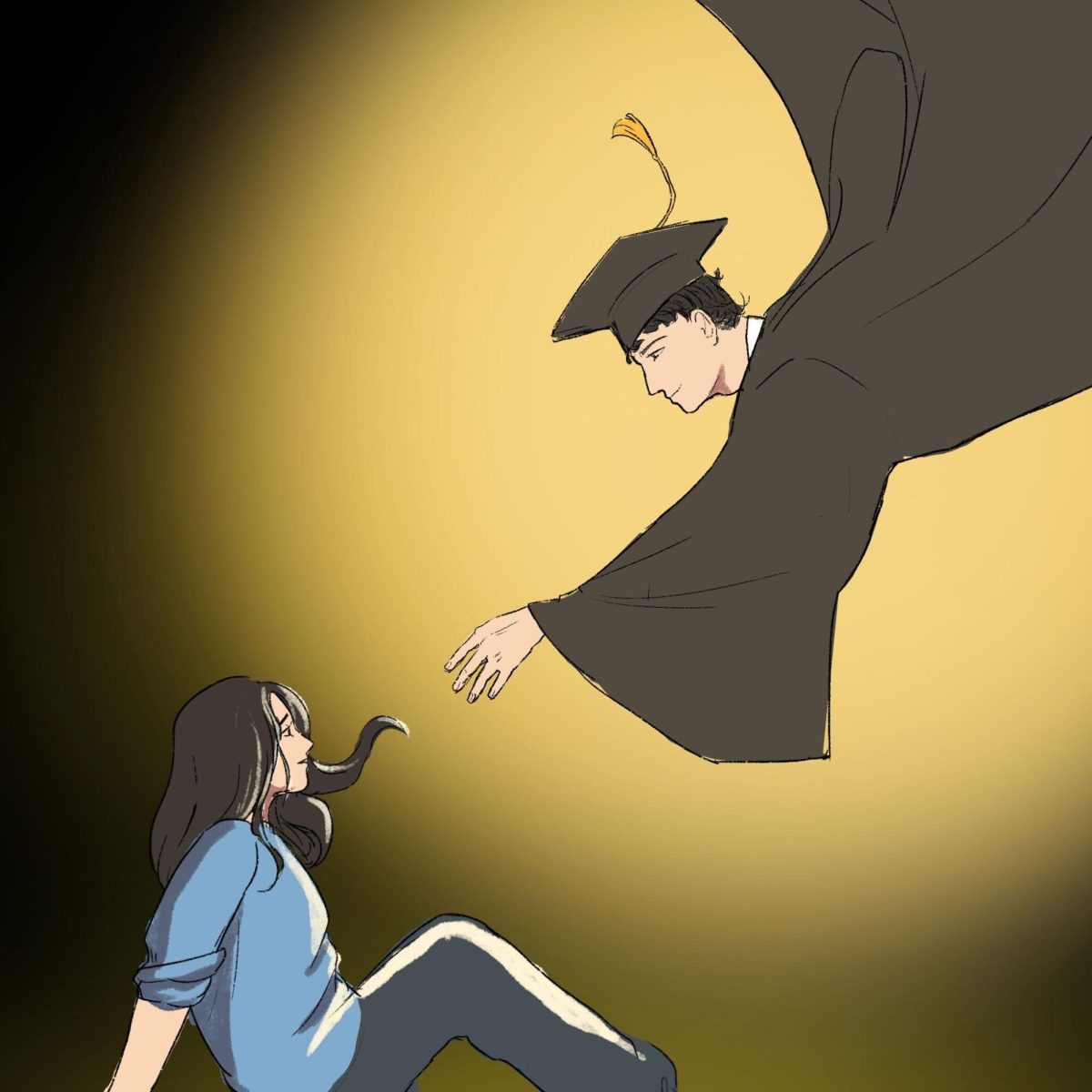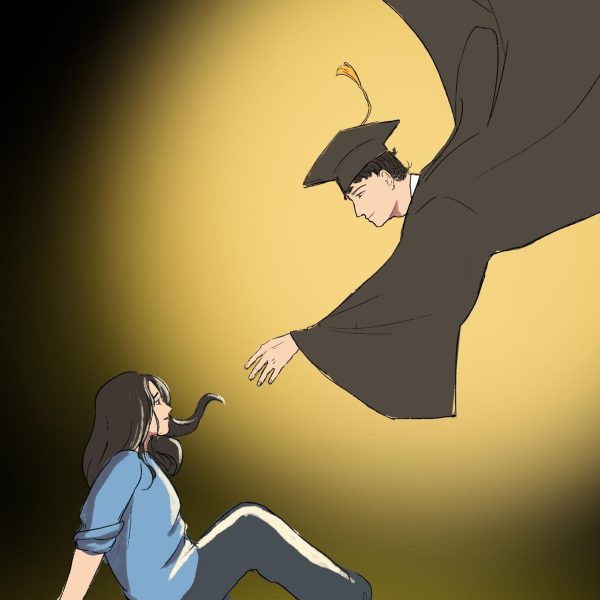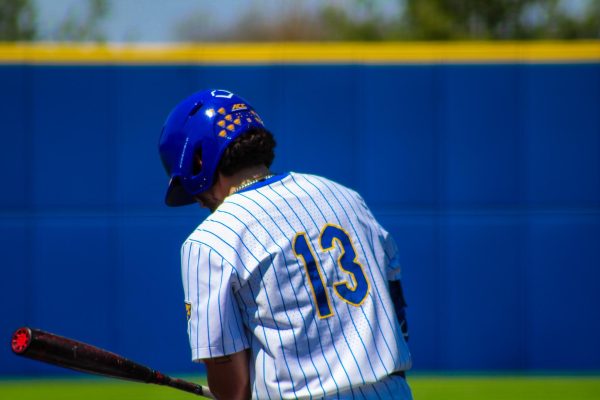FC Barcelona shows what a real crowd is
November 19, 2008
The ball came to Samuel Eto’o’s foot on a thread of a through pass. He put one touch on it and… The ball came to Samuel Eto’o’s foot on a thread of a through pass. He put one touch on it and let it settle on his foot before firing a laser into the back of the net. The crowd erupted. His teammates rejoiced. And Eto’o ‘mdash; before celebrating with his fellow FC Barcelona footballers ‘mdash; went to a corner of the field in a cocky, upright jaunt. He spread out his arms to embrace the thousands of fans. They celebrated together. They were there for him. It was the first of his four goals that evening ‘mdash; the first of four in the first half, for that matter. It was merely one of dozens he’s sunk into the mesh in his long and celebrated career. It only meant a 1-0 lead against a bottom-rung La Liga opponent, Real Valladolid, a team Barca was certain to destroy (the final score was 6-0, by the way). But something special was happening at the Camp Nou ‘mdash; Barca’s home stadium ‘mdash; that night.’ There was no halftime show. There were no instant replays on jumbo screens. There were no cheerleaders, mascots, skyboxes or concourse attractions, and no private restaurants. There was not a single drop of alcohol consumed, and there were no merchandise sales and not even people walking around the stadium. Once you enter, you are literally a prisoner of your ticketed section, gated off from other parts of the arena. If you want food, hop over to the vendor and buy a foot-long hot dog or hamburger for just 3 or 4 euro ‘mdash; no ungodly high prices for concessions. But it was all OK. It was how they wanted it. It was the way it always was, is and will be. For the thousands in attendance, the game they were witnessing was really the lone show. It is a spectacle. The third highest grossing club soccer team in the entire world, which raked in about 292 million euro last year, wasn’t out to maximize its profits or exploit fans. If it were, the engulfing, massive cement oval of a stadium would be just like the ones found in Pittsburgh, Philadelphia, New York and around the United States. It would be like a carnival, with the game being just one aspect of the entertainment. Instead of attention darting to all corners of the arena, all the fans watch the action on the pitch. They sit on the edge of their seats in a serene and placid silence so that you can hear the thud of a player’s foot as it strikes the ball. They work in unison, sporadically exploding into chant: MESSI! MESSI! MESSI! MESSI!’ ‘ ‘ They’ll be heard bellowing boos at a non-call by a referee or applauding a strong effort by the defense. The stands buzz with anticipation. The collective fervor creates a blanket of white noise that falls over the stadium like a flurry of snow on a cold but sunny winter afternoon. They earnestly wait, wanting nothing more than to shift the very ground they sit on with the most raucous ovation anyone has ever heard. What would such loyal fans think of their American counterparts? What would they think of the people who pay thousands of dollars a year to sit courtside, behind home plate or on the 50-yard line? What about the waitresses bringing the beer, cocktails and food, rendering the sporting event inches in front of their faces just an excuse to socialize? This will never happen at the Camp Nou. There, up close doesn’t necessarily mean better. The most expensive tickets are the ones that give you the best view of the game. It doesn’t matter if you’re up as high as the sky, because it is always better than sitting right behind the goal where the action up close is amazing, but the other side of the field is impossible to see.’ As the ball fired off Thierry Henry’s right foot like a missile from a fighter jet, then deflected off of the keeper’s hands and back to Eto’o for an easy score, it was clear. It was goal No. 4. This time, jogging over to the corner and to the fans, Eto’o fell to his knees as if paying faithful homage to his master. And all eyes were on him.







